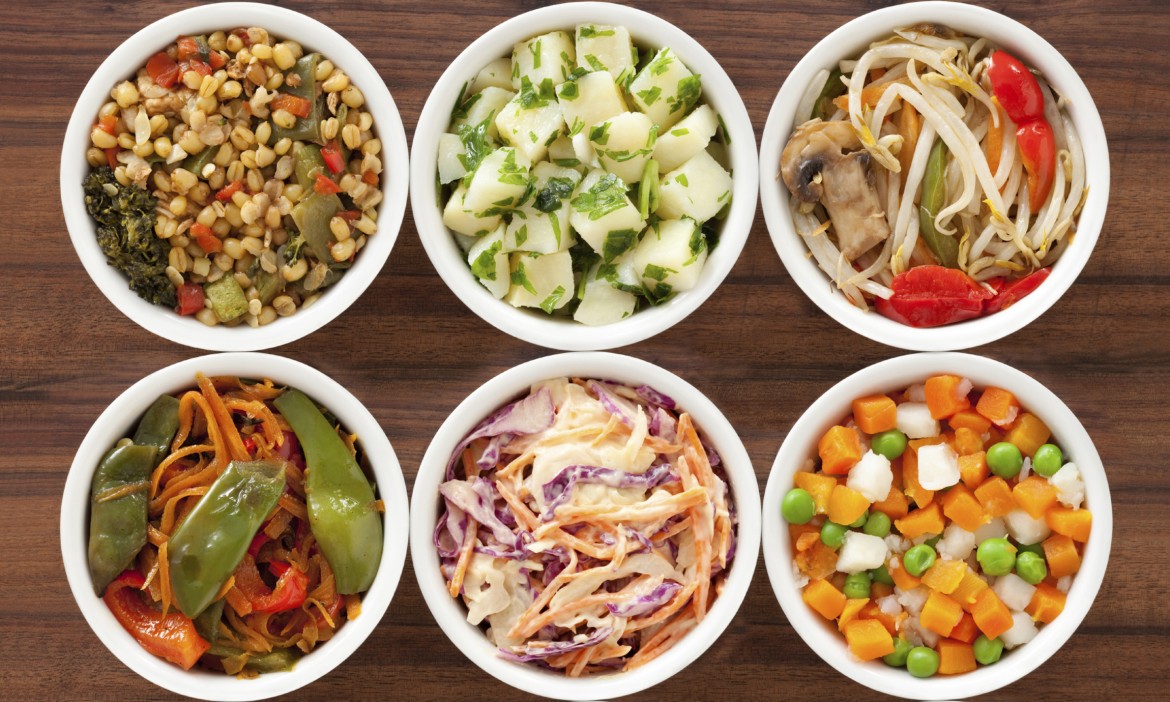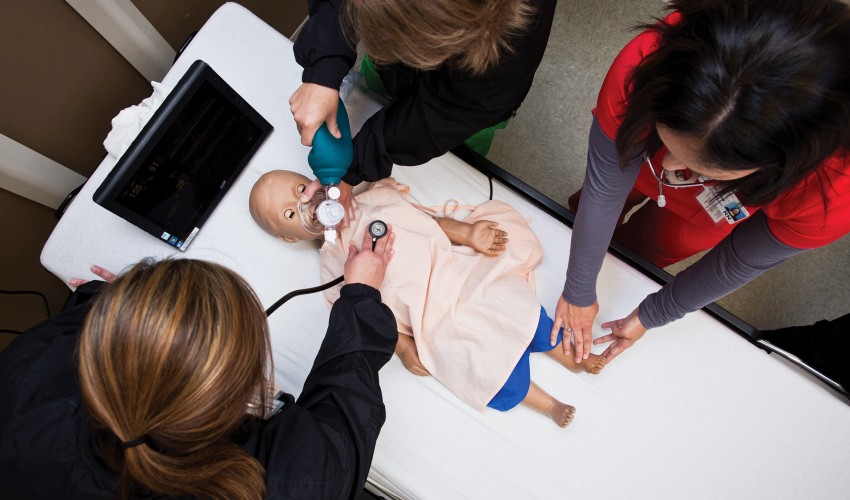Myra Winniger suffered a heart attack last Thanksgiving and needed to make some major changes to her diet.
Most of her meals included processed foods and products with added sweeteners that were, at first look, cheaper and more convenient.
The staff of Northside Neighborhood House (NNH) helped her learn about proper nutrition with their weekly cooking classes.
A registered dietitian teaches participants how to create wholesome meals on a budget.
People of all ages have the opportunity to explore a wide range of healthy foods with different colors, flavors and textures.
“It’s a lot of fun and it’s family-oriented. All of the people here are friendly and generous, and they encourage everyone to participate,” says Winniger, who attends classes alongside her daughter and granddaughter.
“You’re invited to ask questions so you can learn as much as you can. They’ve been so good to us. They become like your friends and make you feel right at home.”
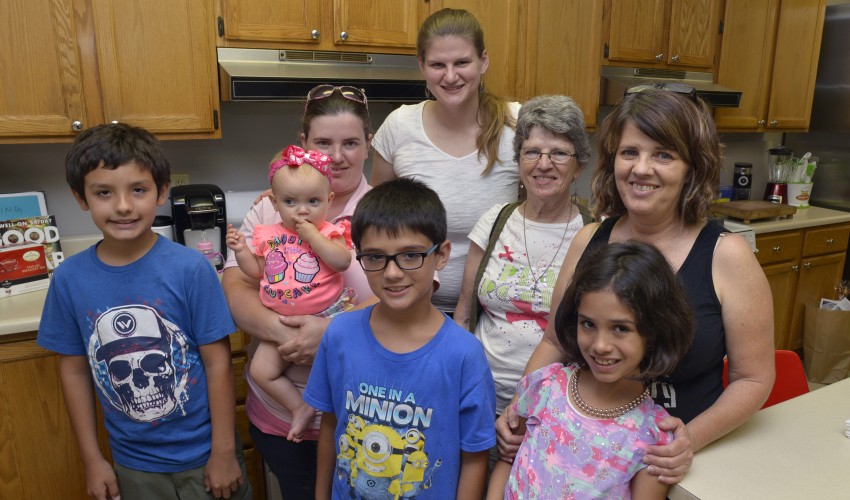
The classes are just one aspect of NNH’s Healthy Families program, which includes family dinner nights. Parents and children prepare healthy meals, that they can then re-create at home.
Winniger gets to laugh and share stories with her loved ones while they learn how to slice, dice and chop.
The techniques are simple, but the impact can be tremendous.
“I really needed to learn some valuable things about nutrition,” she says.
“So many foods are not healthy for you and will just turn into sugar. I’m still learning, but I’ve tried a lot of different recipes.”
All in the mix
To keep participants engaged and motivated, instructors plan a different theme each month — Asian food was a recent focus.
That allows everyone to enjoy a variety of cuisines from different cultures.
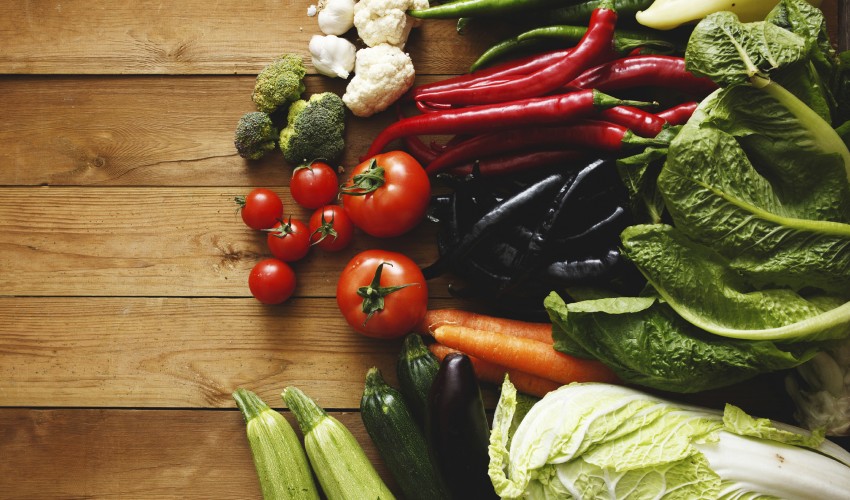
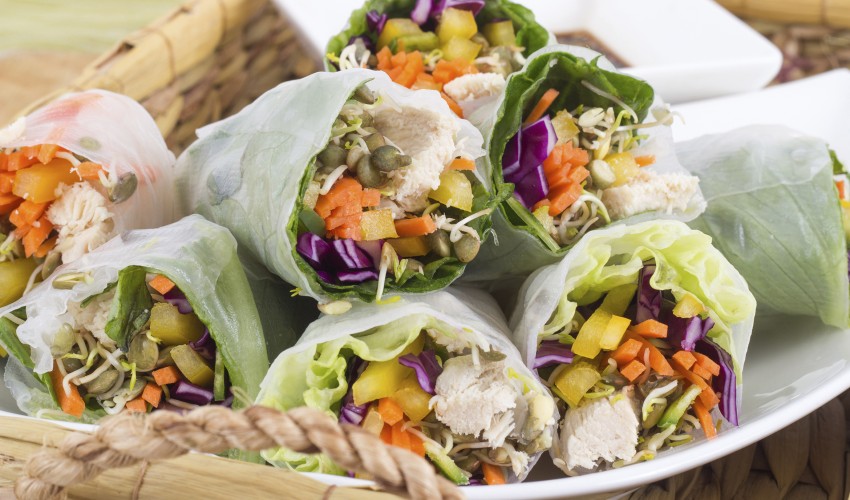
To supplement their lessons, NNH shares sample weekly menus and cookbooks featuring recipes that are affordable and easy to make.
“We empower people who are stuck in a rut, or maybe don’t have the time to make a complete meal,” says Rachel Gammon, executive director of NNH.
“It’s important to build in fresh food to their diet. They can also use canned vegetables and add them into their meal.”
Home cooking is presented as a healthy alternative to prepackaged frozen meals and fast food, which are often high in fat and sodium.
“Sometimes making that change is just a matter of overcoming a person’s fears about new foods,” Gammon says. “When it’s something new and different, they may be intimidated by it.”
Winniger overcame her initial reservations and has incorporated new foods into her diet, including avocado for her flatbread veggie wraps.
Since making these adjustments to her meal plan, she has received excellent reports from her doctor.
“My palate has changed since I began taking the classes,” she says.
“I’ve been using different herbs and other foods I hadn’t even thought of. And I’ve been making a lot more smoothies now with fresh fruit and vegetables.”
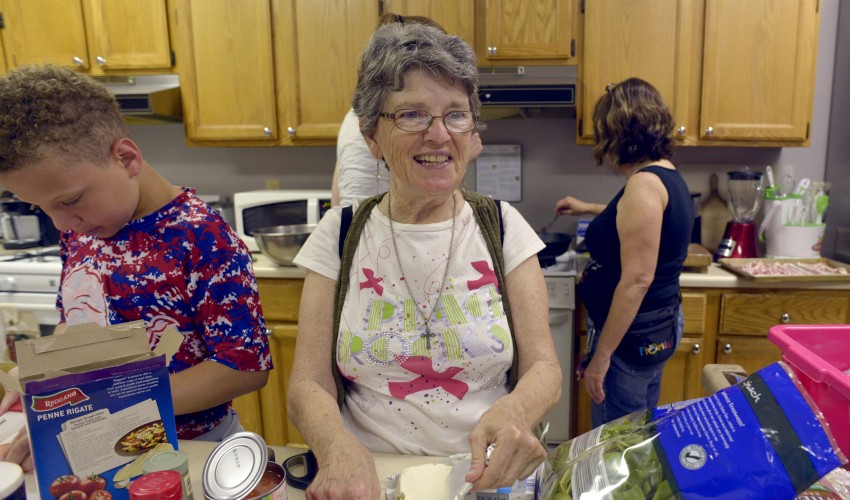
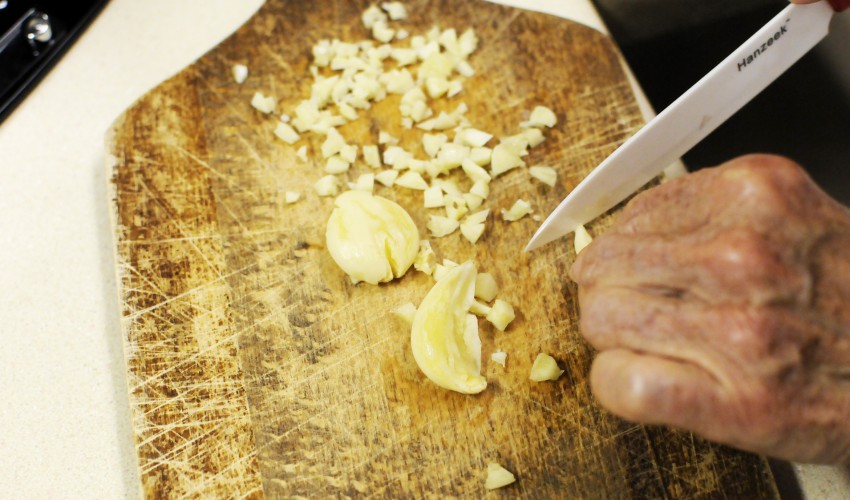
Fitting the bill
When getting people to eat more whole grains, lean proteins and fresh produce, price often becomes an issue.
Many families worry that they can’t make good food on a tight budget.
“We try to remove those barriers and show them that you can go to the store with $15 and still buy nutritious food,” Gammon says.
NNH goes one step further, sending participants home with a bag of groceries.
Eating well doesn’t have to cost more, and in the long term it can reduce healthcare costs and improve a person’s outlook on life.
“Along with access to food, much of it is about education,” says Gammon.
“Many families don’t know how to prepare meals. In every meal they prepare during a cooking class, they see what it’s like to cook on a budget.”
“We try to offer that extra support they need to lead healthier lives.”
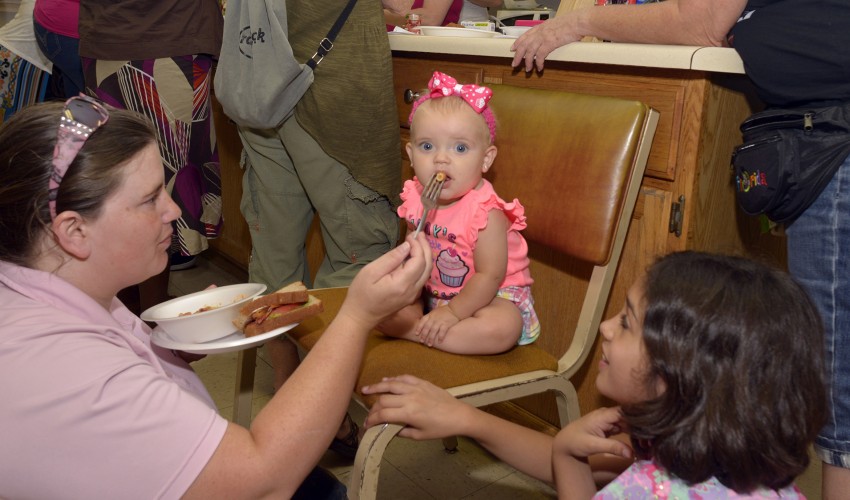
Learn more about programs teaching Tennesseans about nutrition here.
Photos by Kathleen Greeson.


